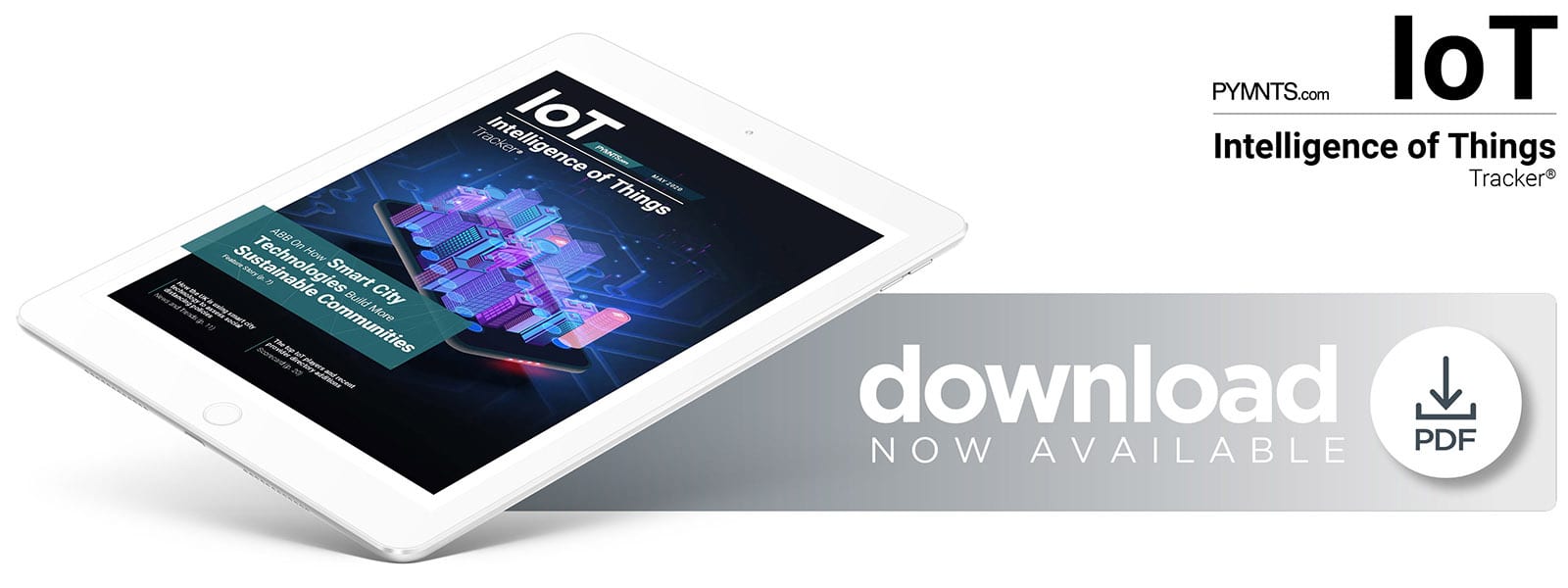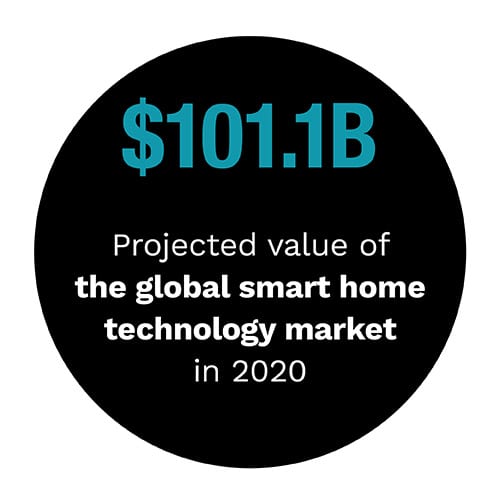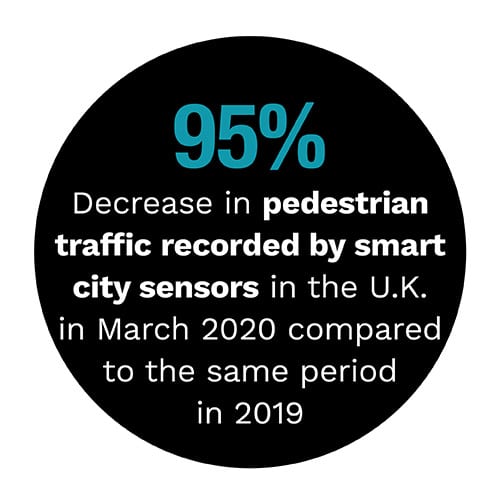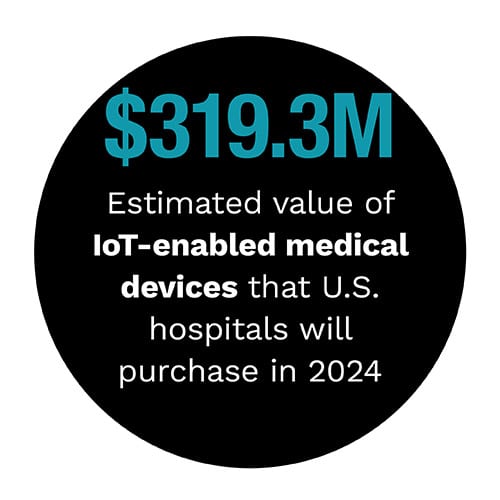Smart Cities Can Emerge Stronger From The Pandemic
 There is scarcely an aspect of life that has not been thoroughly disrupted by the COVID-19 pandemic. The crisis has also dramatically exposed the degree to which consumers, employers and workers are relying on connected technology to carry on, whether through video conferencing, telemedicine or other digital platforms.
There is scarcely an aspect of life that has not been thoroughly disrupted by the COVID-19 pandemic. The crisis has also dramatically exposed the degree to which consumers, employers and workers are relying on connected technology to carry on, whether through video conferencing, telemedicine or other digital platforms.
As rapid and profound as these recent shifts have been, they may just be early indications of how the Internet of Things (IoT) could potentially transform societies in the months and years ahead. A short list of potential IoT applications includes tracking new disease outbreaks, ensuring air quality and sanitation in buildings and transit systems, and minimizing transmission risks in  hospitals.
hospitals.
While analysts have lowered their growth projections for many sectors of the economy, the outlook for the global IoT market remains bullish, with one study projecting that it will grow by double digits through 2021 to reach $243 billion.
In the May Intelligence of Things Tracker®, PYMNTS examines how consumers, businesses and governments are employing connected technology to adjust to new realities and to chart strategic paths forward.
Across The Intelligence Of Things (IoT) Space
The healthcare sector in particular has seen a rapid deployment of IoT technology during the pandemic, sometimes in novel and improvised ways. Tablets have been used to enable family members to converse with sick loved ones, for example, while in China, hospitals are using robots for delivery and sanitation services.
Yet, the pandemic has also exposed the degree to which the healthcare industry could benefit from more IoT-enabled systems, including ones capable of tracking and managing scarce supplies and sophisticated diagnostic equipment that can minimize the need for direct doctor-to-patient contact. In fact, one study forecasts that sales of medical IoT-enabled devices to U.S. hospitals will grow by nearly 20 percent through 2024 to reach $319.3 million.
 IoT technology is also being employed in other industries to make workplaces safer amid the pandemic. Some firms are employing wearable positioning devices that alert workers when they cross recommended six-foot distancing buffers. Other emerging uses include integrating temperature-taking sensors into biometric security systems.
IoT technology is also being employed in other industries to make workplaces safer amid the pandemic. Some firms are employing wearable positioning devices that alert workers when they cross recommended six-foot distancing buffers. Other emerging uses include integrating temperature-taking sensors into biometric security systems.
IoT is also likely to be put to greater use on the homefront. Voice-controlled devices could allow households to minimize contact with shared surfaces, for example, and smart lock systems could make the process of receiving packages safer and more sanitary. Recent research projects that the value of voice-controlled smart home devices shipped this year will be nearly 30 percent over 2019.
Why ABB Believes The Future Of Smart Cities Is About Resilien cy
cy
One area where IoT technology could have the greatest impacts in the months and years ahead is smart cities, including such areas as smart electrical grids and autonomous transit. One might expect that officials would be wary about such large-scale projects in times of economic uncertainty. In fact, many officials view the pandemic as a wake-up call to be better prepared for catastrophic events, whatever their nature. In this month’s feature story, Marija Zima-Bockarjova, the smart cities and solutions research and development manager for global electrical technology firm ABB, and Michael Lotfy, its senior vice president for smart buildings solutions, explain how smart city systems can help communities and organizations become more sustainable and resilient.
About The Tracker
The Intelligence of Things Tracker® showcases companies leading the way in all aspects of IoT.
